As the dark nights get longer and Halloween closes in, it’s a time for spooky stories and tales of ghostly goings on.
While many legends of Scotland are full of terrifying creatures, wicked witches and malicious spirits, it’s important to remember that not every ghost is out to get you. Many of those who believe in the otherworld will testify that when a spirit lingers after death, it has often been the victim of a terrible tragedy, just like the Apparition of Stotfield.
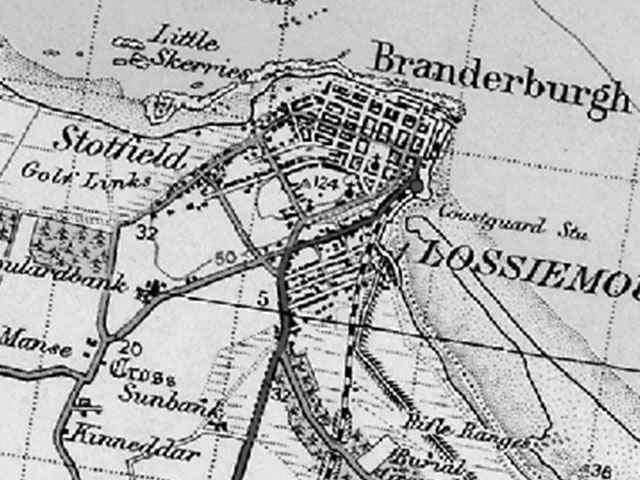
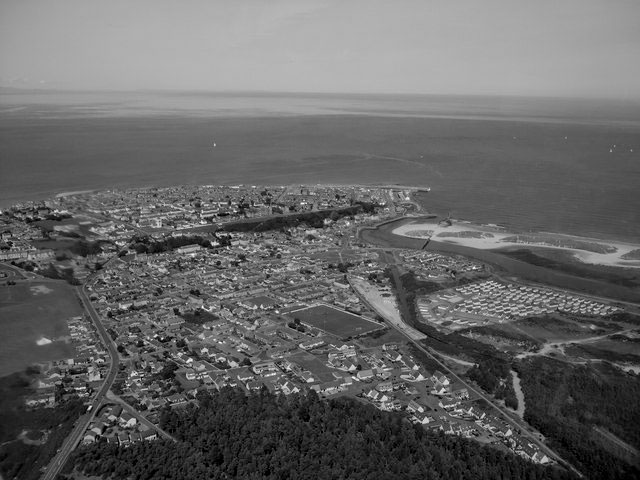

The Stotfield Disaster
Before being merged to create Lossiemouth, Stotfield was its own small, tight-knit community. Like so many other villages along this coast, most of the families there became reliant on fishing in the Moray Firth for survival. It was a hard life out on the waves, dangerous for even the most experienced of fishermen. They were forced to live at the whims of the weather and when that suddenly turned, things could go very wrong.
The Stotfield Fishing Disaster was just one of many similar tragic events that took place during the 19th century. While the size of the storm and the number of lives lost were both small compared to later disasters, when taken in context the after-effect was much worse. The community of Stotfield lost its entire small fleet of fishing vessels along with every one of its fishermen and boys on Christmas Day 1806. It was a terrible blow that’s still well remembered in both history and folklore over 200 years later.
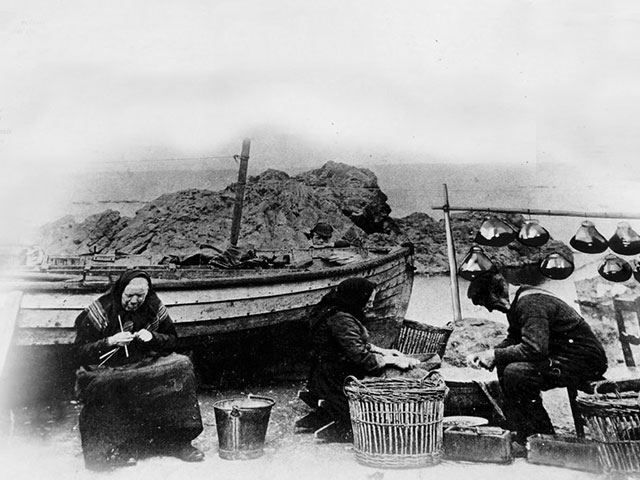
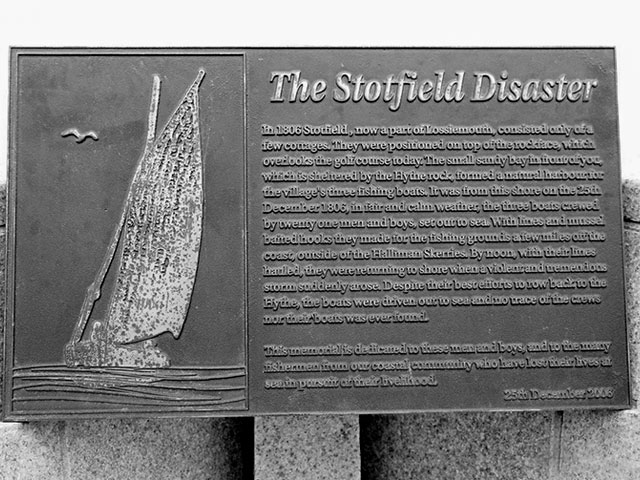
Having to deal with such dangers every day was one reason that fishermen were known as an especially superstitious group. For them, it was important to never mention the name of certain animals on board and passing red-haired women or ministers on the way to your boat was a sure sign not to set off to sea that day. Grasping cold iron was one of the only reliable deterrents to bad luck.
They also believed that certain people had a gift known as the Second Sight, allowing them to peer into the otherworld. Sometimes their special ability allowed them to communicate with creatures like the fairy folk, but most often it granted them premonitions of terrible things to come. To ignore their warnings was almost unthinkable.
The Second Sight
In Stotfield, one young girl called Charlotte was believed to have the gift. She had been deaf and mute her entire life, but everybody could see that somehow Charlotte simply knew of things that should have been impossible. Like most of the girls in the village, both her father and her brother were fishermen and the family were facing the same problem as many during December 1806.
After days of rough weather, with no chance to put to sea, Christmas morning had broken bright and clear. The men rushed down to the beach as fast as they could, delighted to finally bring in a catch and provide for their families. Before long, the open-decked skaffie boats were being pushed out into the water, full of eager fishermen.
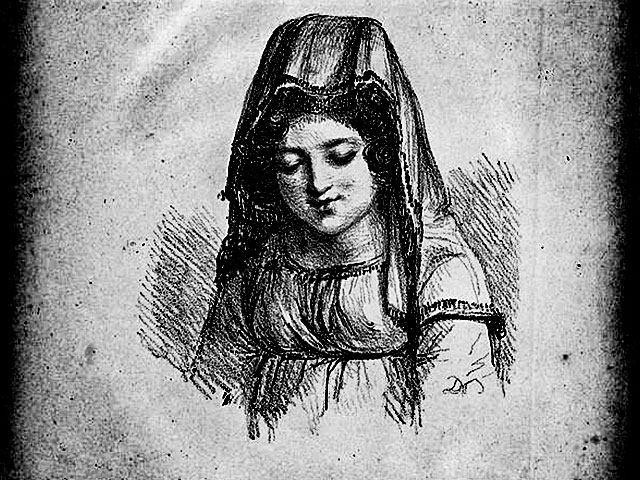
Just as they were about to leave, Charlotte came running down to the shore, wading through the waves towards her father’s boat. To the surprise of the watching men, she pulled and clawed at his coat while tears streamed down her face. The embarrassed fisherman tried to shake his daughter off, unable to understand what message she was trying to convey.
Eventually, the loud grumbling from the impatient onlookers got the better of Charlotte’s father and he pushed her away from the boat a little too roughly. She fell backwards into the water, still trying to signal to the fishermen that they were rowing into danger.
They were all aware of the girl’s special gift, but the day was so clear and the need to fish so great that if any man felt apprehension, he kept it to himself.
As they left Charlotte behind, the mood was sombre, but the weather stayed calm. Since their small fishing boats were unsteady in bad weather, they never ventured further than a couple of miles from shore anyway so at the first sign of a storm it was only a short distance to return. That sign didn’t take too long to appear, the wind slowly picking up towards the middle of the day and mother nature suddenly turned violent.
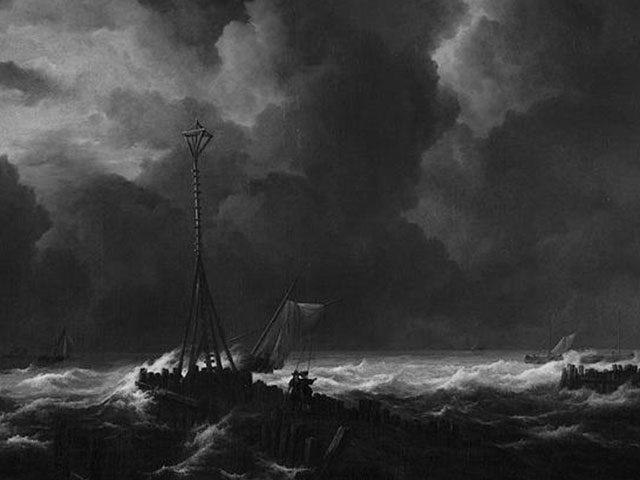
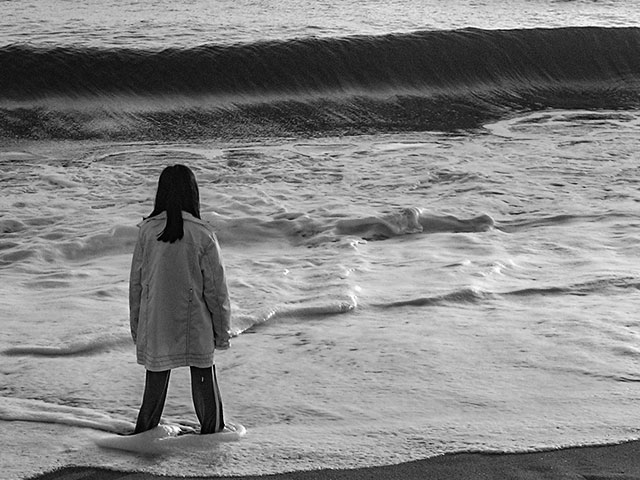
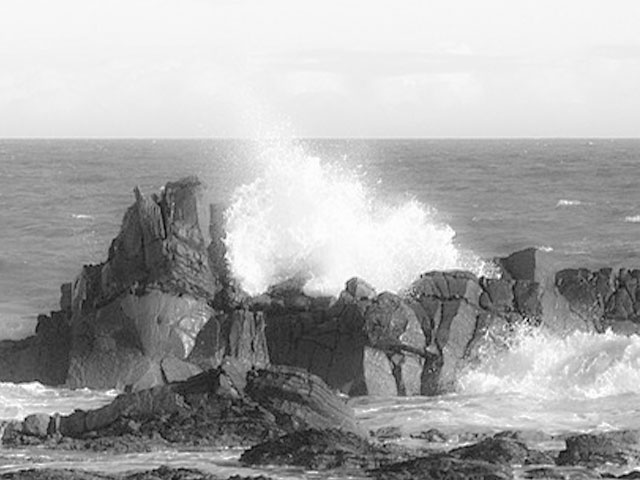
The change came on so fast and the wind was so strong that the men couldn’t man their oars quick enough. No matter how hard they rowed, they were being forced even further away from land and the open, unprotected vessels were being swamped by enormous waves.
All Charlotte could do was stand on Stotfield’s beach and watch as the wind increased, the sea became more violent and the boats capsized one by one. The remaining villagers couldn’t have missed what was happening, joining the girl to pray for their friends and family. Maybe some of the crew had found something to cling to and would be washed up along the coast.
When the storm abated, they waited in the optimistic hope that their brave fishermen would stagger into view.
End of the Storm
Sadly, as the hours passed and nobody appeared, the terrible truth must have sunk in. All three boats had sunk and the 7 souls in each had lost their lives, with most of the victims closely related to each other as brothers, cousins or sons. Stotfield became a village comprised almost entirely of widows, children and the elderly.
Poor Charlotte’s grief was only matched by her guilt, wondering if she could have done more to avert the disaster. One day, finally overcome with sadness, she left her home and simply disappeared into the darkness.
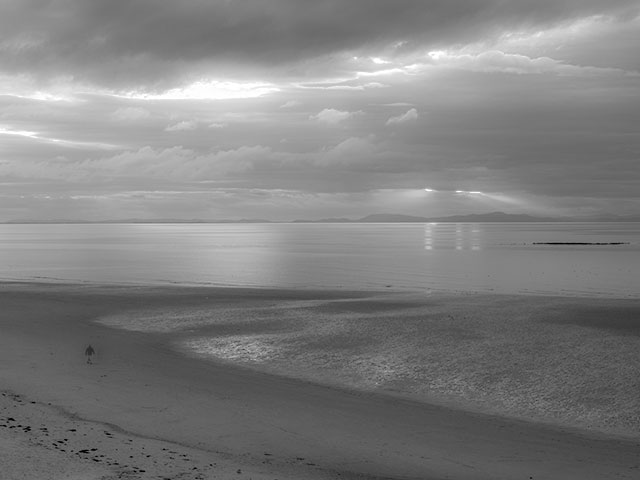
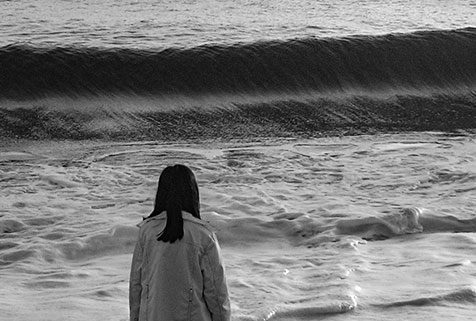
It seems as if that wasn’t the last time that she would be seen though. Every Christmas Day, legend says that the Apparition of Stotfield appears standing alone, quietly waiting on the beach. Those who have encountered her describe a young, ghostly woman silently staring out to sea, weeping for her awful loss. Next to her, three deep grooves appear in the sand, just like those once made by Stotfield’s old fishing boats.
